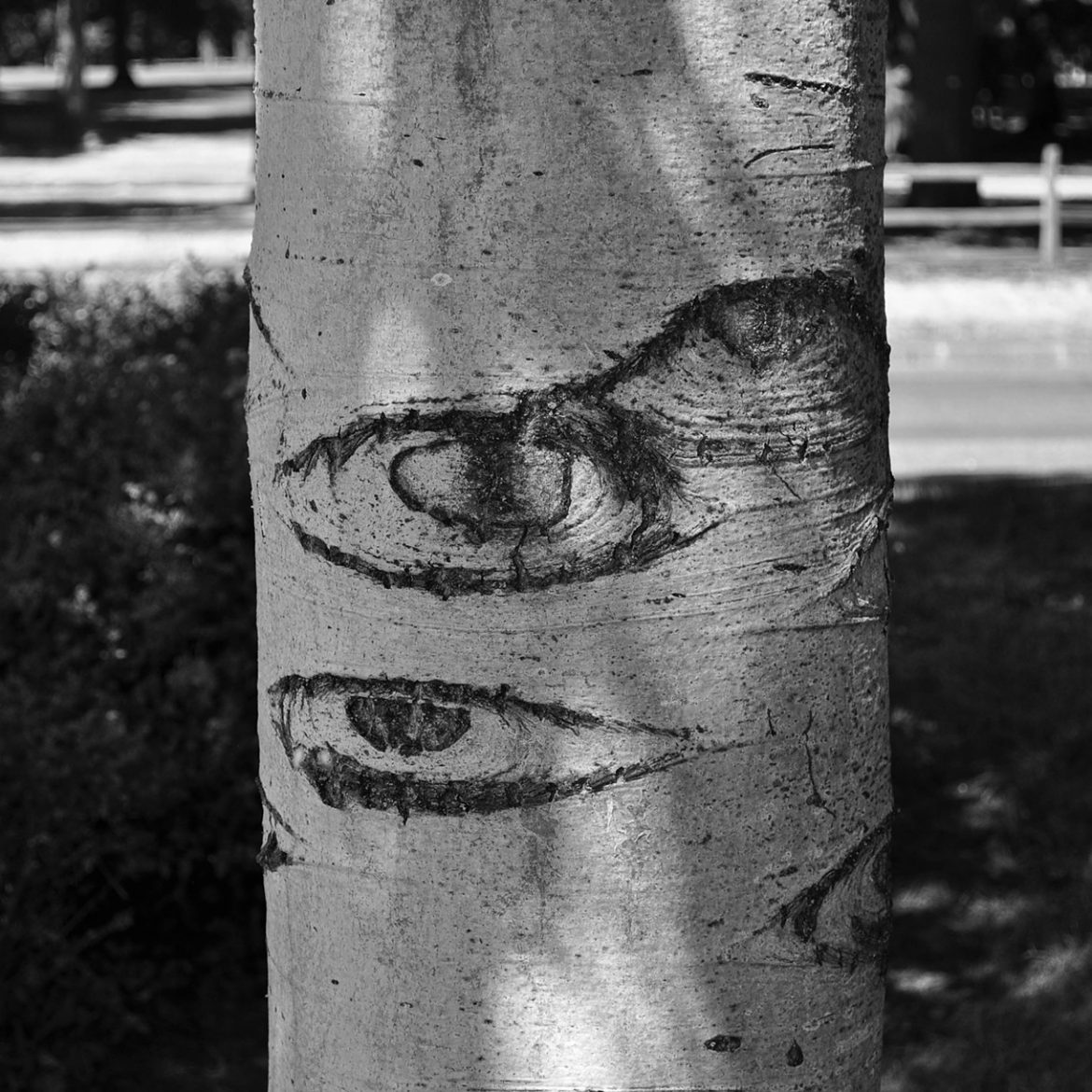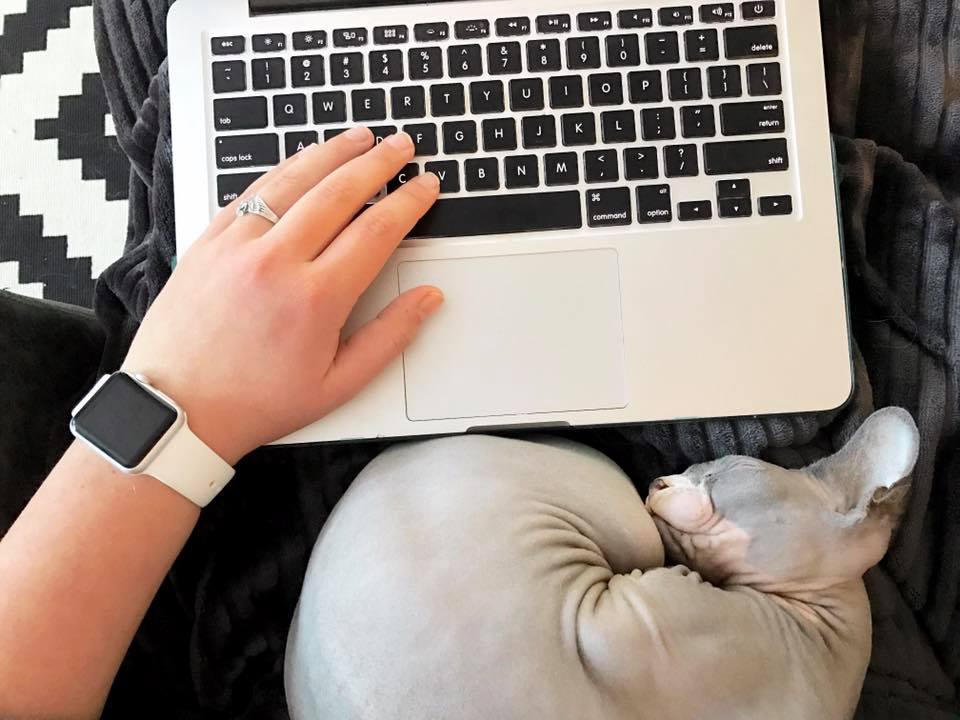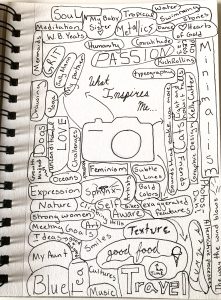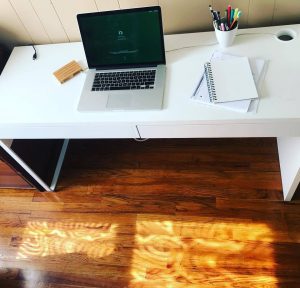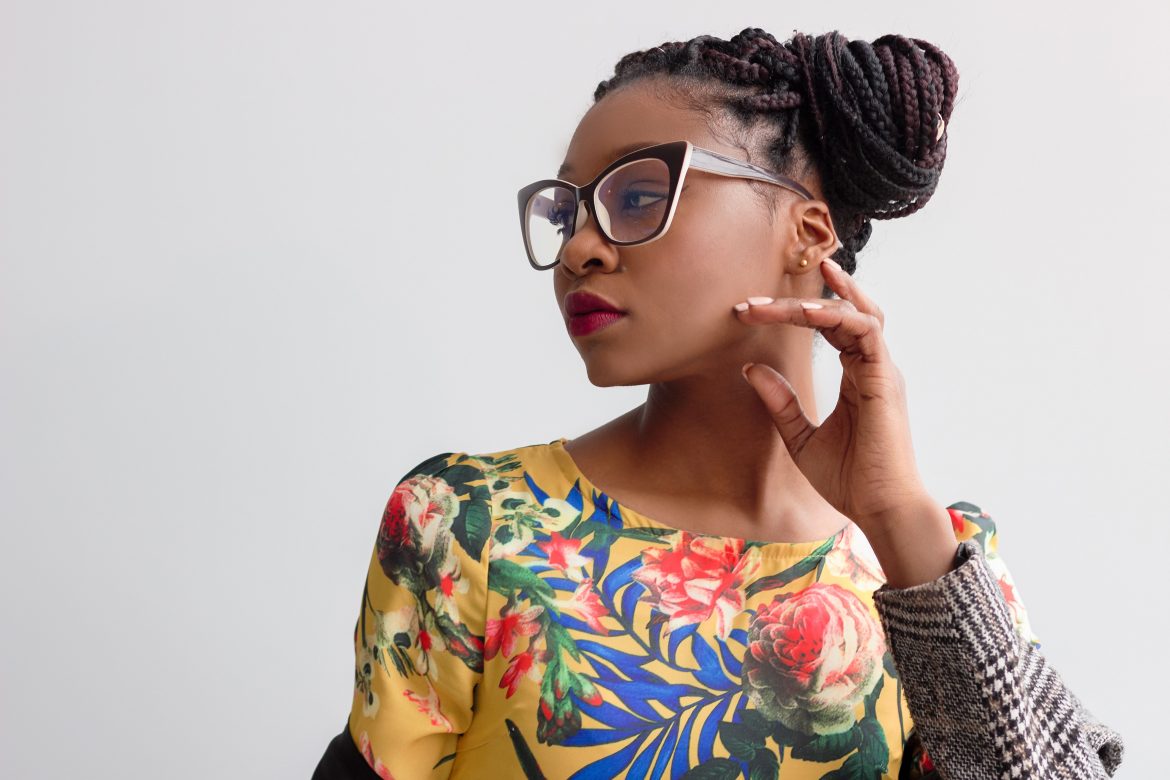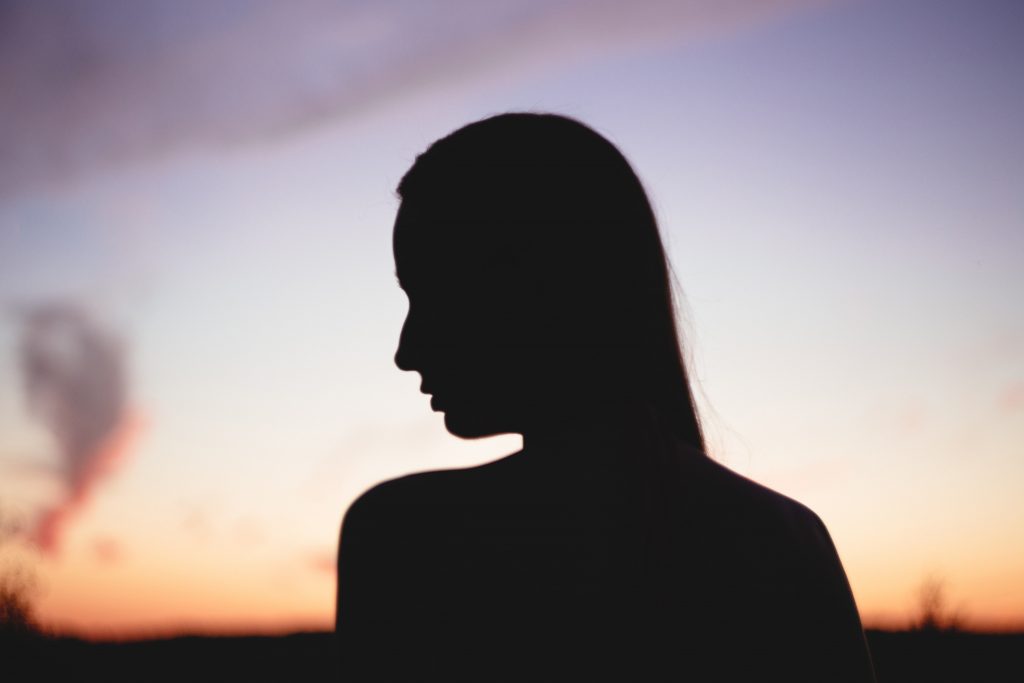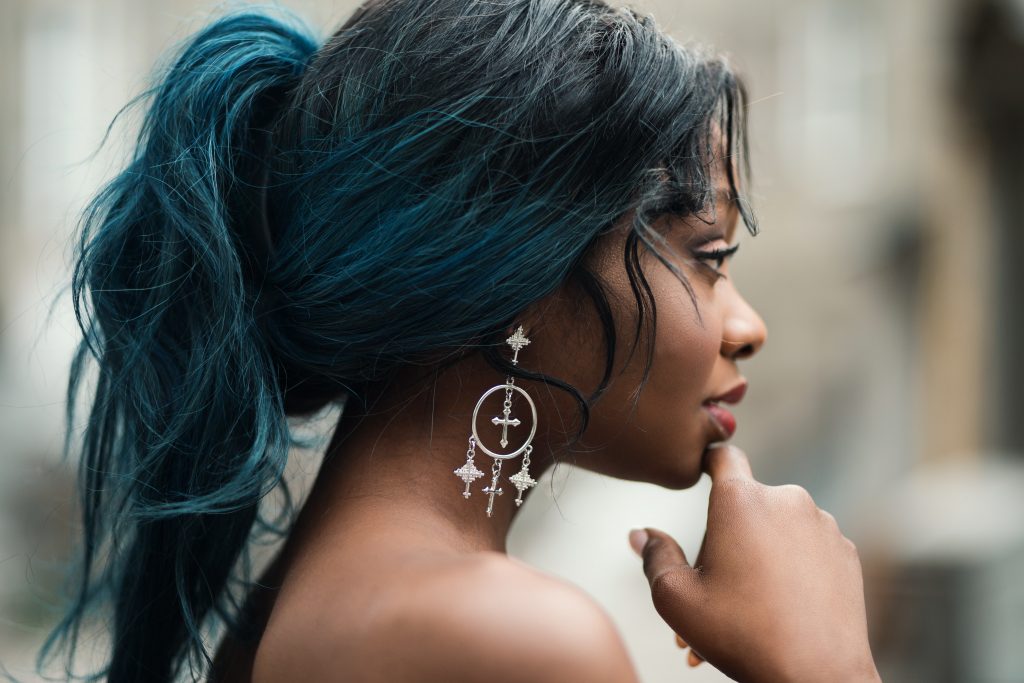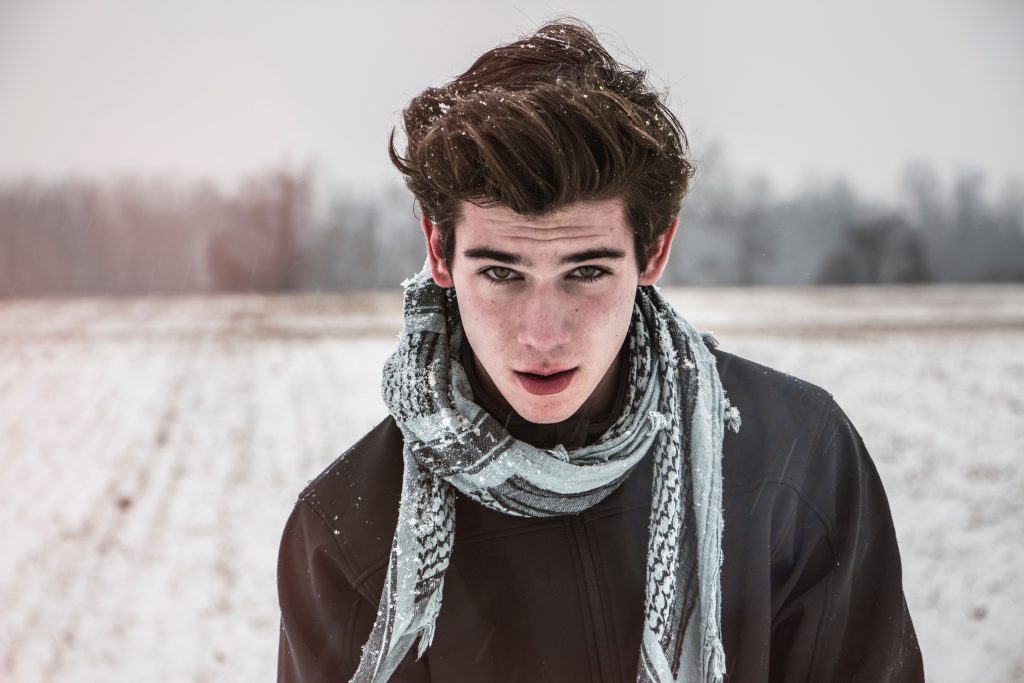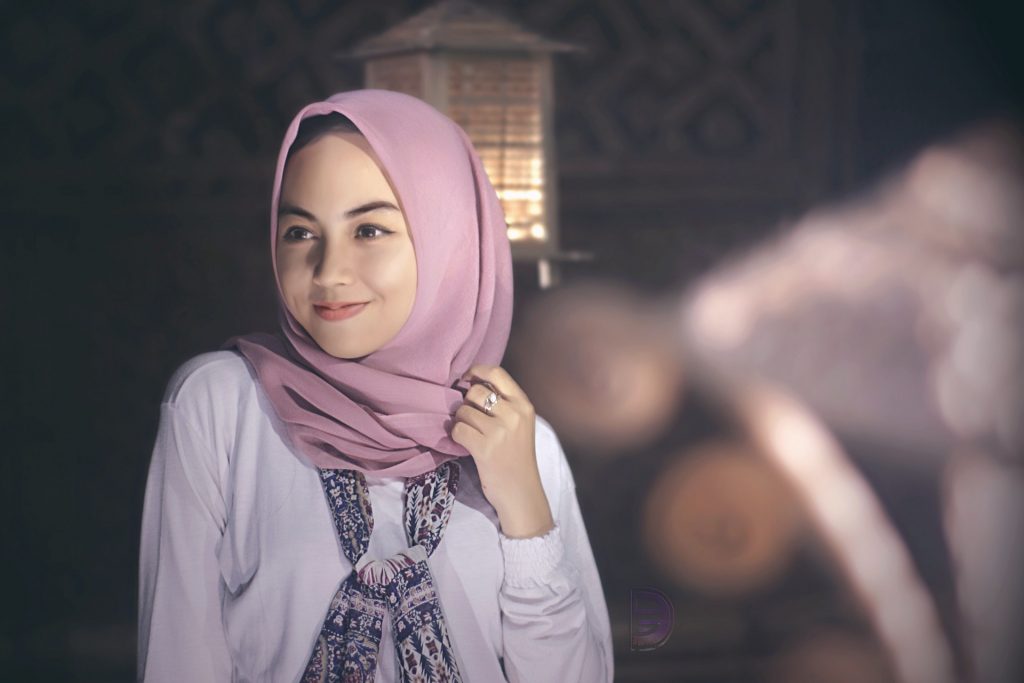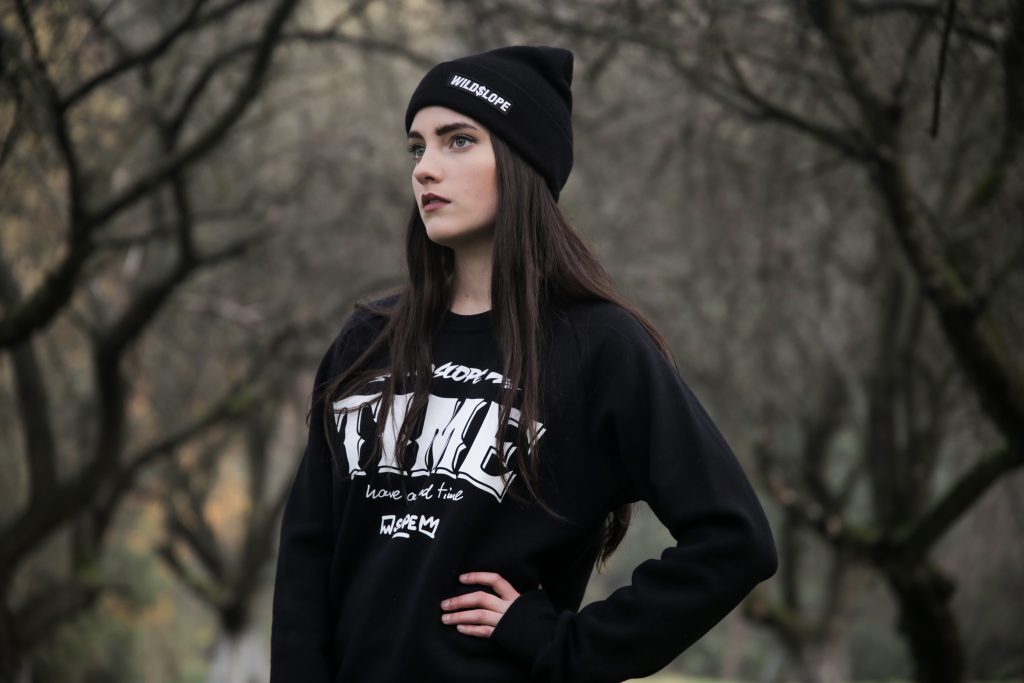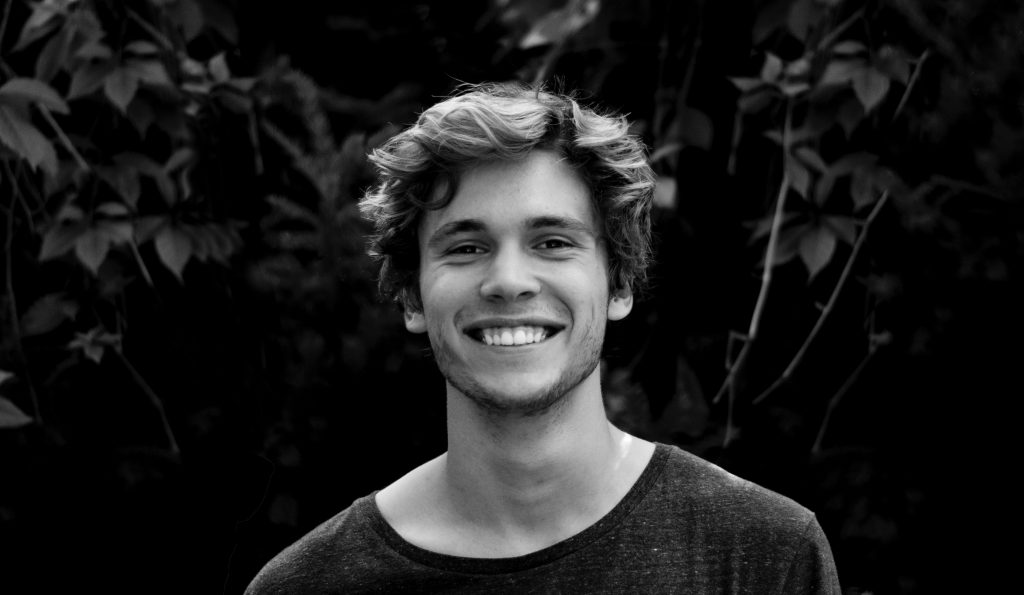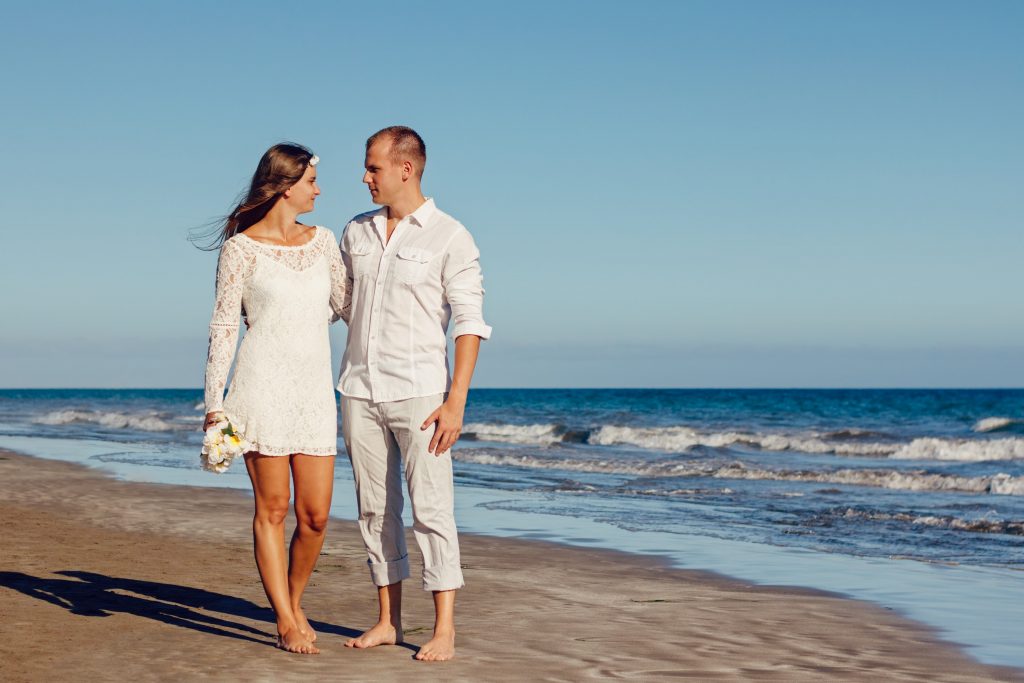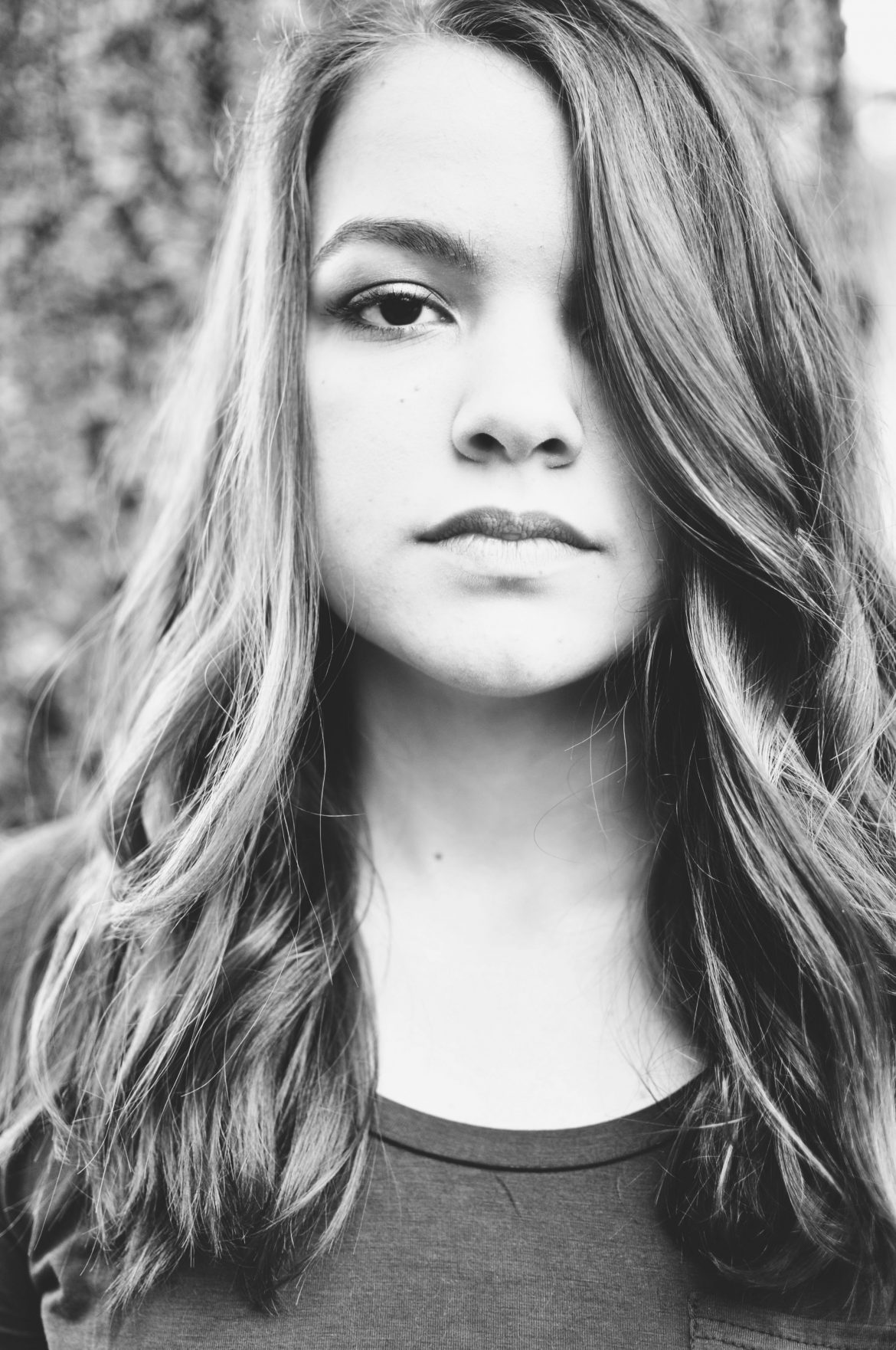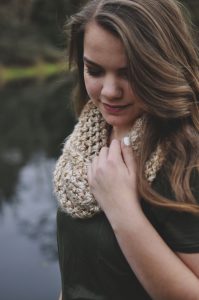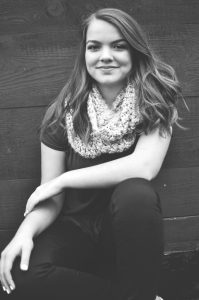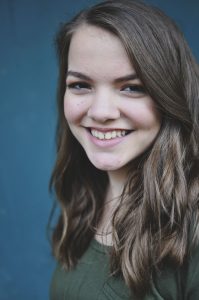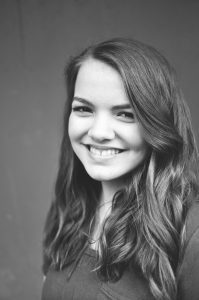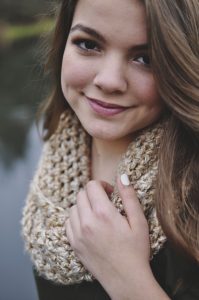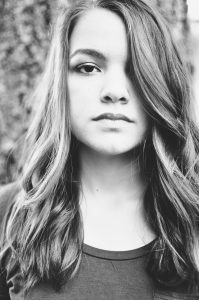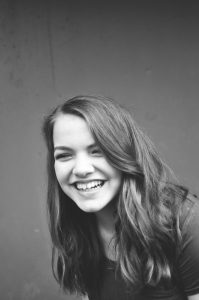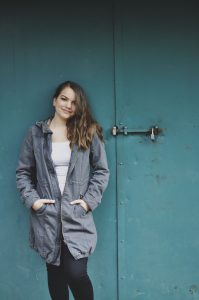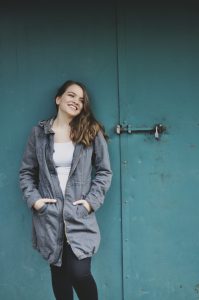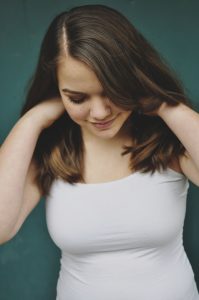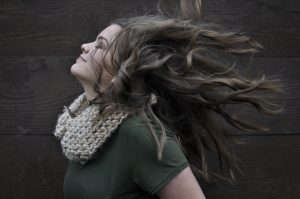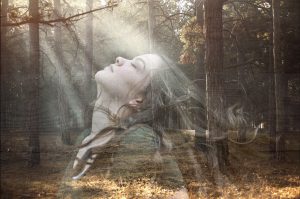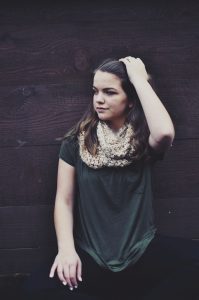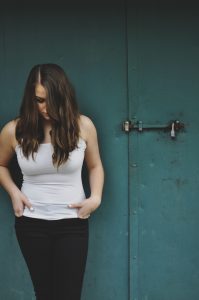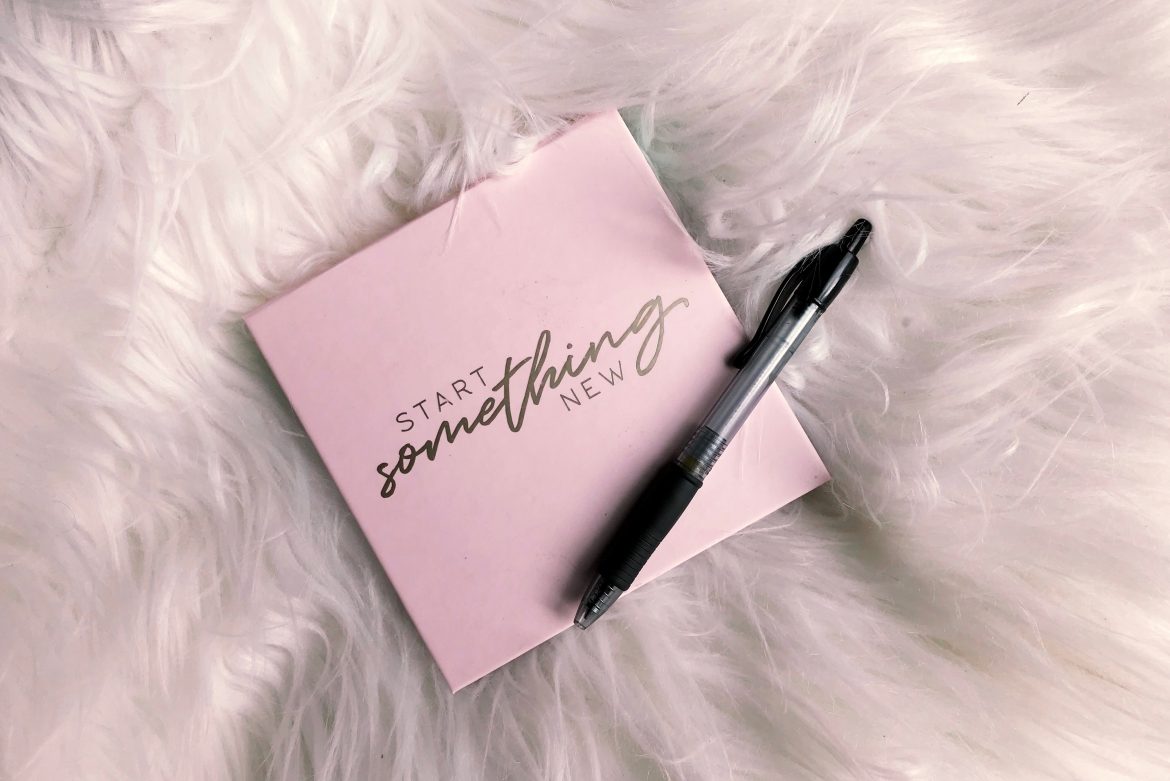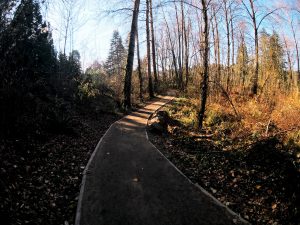When selecting the orientation of a photograph, it is important to consider what you want the image to say. Their is a major difference between portrait and landscape orientation and even more still with the square image. While this may be a short post, it is an essential one for the photographer.
Your life as a photographer is all about choices. You will decide in the moment or pre-plan. You decide how to arrange the elements in the plane and what message it is sending when you hit publish. One choice is the orientation of the camera and this should be a choice. This means your first step is to slow down a bit and start to consider the orientation if you never have. Soon it will become instinct for what looks more appropriate for the scene.
Landscape Orientation
This is a traditional orientation and mirrors that of classic 35mm film. The rule of thirds can easily be applied atop this in order to find a pleasing composition. This is also the orientation I suggest for Phone Photographers to use in order to improve their photography only for the fact that it reminds us of a more professional look.
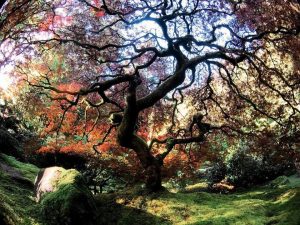
However, Landscape is not always the best choice- while professional it can look flat and often does not lead to dramatic engagement. Landscape photos also ask the viewer to be an observer and stand on the edge of the image looking in . This is what makes it perfect for shooting- you guessed it- the landscape.
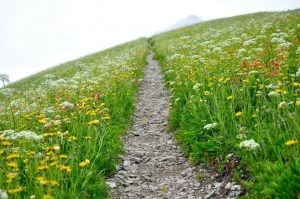
It can also be one of the best orientation for sports. Any live action where the subject is moving could use the extra room to move that the Landscape orientation provides.
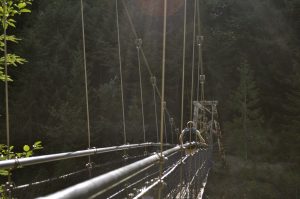
The sprawling nature and professional aura of the landscape orientation make it a positive choice, but let’s not forget about the portrait orientation.
Portrait Orientation
Portrait is appropriate for, of course, portraits. This is because it tends to be more flattering and elongates the human form or face- while a Landscape format can make it appear more “squatty”. You may also choose Portrait orientation for anything that is tall- even in landscapes and nature: such as a tall tree, tall heron, or a extensive waterfall.
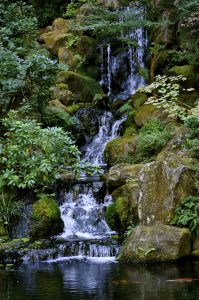
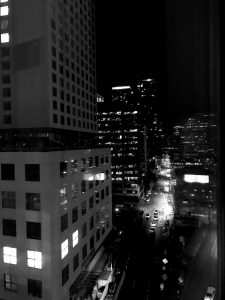

Portraits have a different feel because they can ask the viewer to move from being an observer to actually stepping into the image. It is shaped like a doorway and can feel more inviting in some cases.
This frame can also lead to a dynamism that extends the basic elements and principles of a photograph.
The Square
The square is a more common orientation now- especially thanks to Instagram. While found in a classic Rolleiflex and later the Hasselblad and circulating with photographer since around 1930’s. This format prospered until the 80’s and the rise of the 35mm camera that found its way into everyone’s homes. Then it was rectangles all the time- portrait or landscape format.
The square stayed beating with cameras like the Polaroid and Diana as a “retro” or “Artistic” look. It really had it’s comeback thanks to Instagram and is now a built in feature in many DSLR’s and Mirrorless cameras made today.
While some claim the square is rigid and confining- its perfect alignment allows for balanced and focused compositions. It asks for an entirely different approach to composition. The rule of thirds can still apply, but may seem a bit cramped. It is often considered a style or trademark for photographers and is worth trying out if you have not already.
If you are fascinated by the Sqaure and it’s psychology you should check out this article by John Suler on the Image and the Psyche.
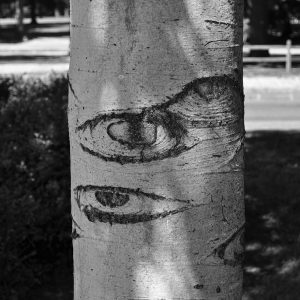
I have a series of small square black and white images called “A Study” that focuses on shadow, shape, texture and most importantly rhythm.It seems that the square likes to march together. To see these go here.
A Exercise in Format
Beyond these three main choices- you have panorama and even the ratio of the rectangle itself. These can often be changed in your camera’s settings or in your phone using the swipe panel. As an exercise try to shoot the same location using all three of these formats.
What did you notice? Did one work better for the close ups?
What format do you gravitate towards? Tell me in the comments below.

